One year ago, the top Marine announced the first official steps of a major Marine Corps overhaul to shift to a Navy-centric warfighting role that would see many changes.
The most noticeable? The elimination of Marine tanks.
And the Corps moved fast. By summer 2020, the hulking behemoths of ground combat were being loaded on train cars and rolling away from the storied 1st Tank Battalion at the Marine Corps Air Ground Combat Center at Twentynine Palms, California. Other inventories soon followed. And by the end of 2020, an official Marine Corps message allowed both armor officers and enlisted to end their contracts a year early.
At the time of the initial overhaul announcement, the Corps had 452 tanks at its disposal. By December 2020, 323 had been transferred to the Army. The remaining tanks were scheduled for transfer by 2023, which included tanks in overseas storage and aboard maritime prepositioning ships, according to Marine Corps Systems Command.
RELATED
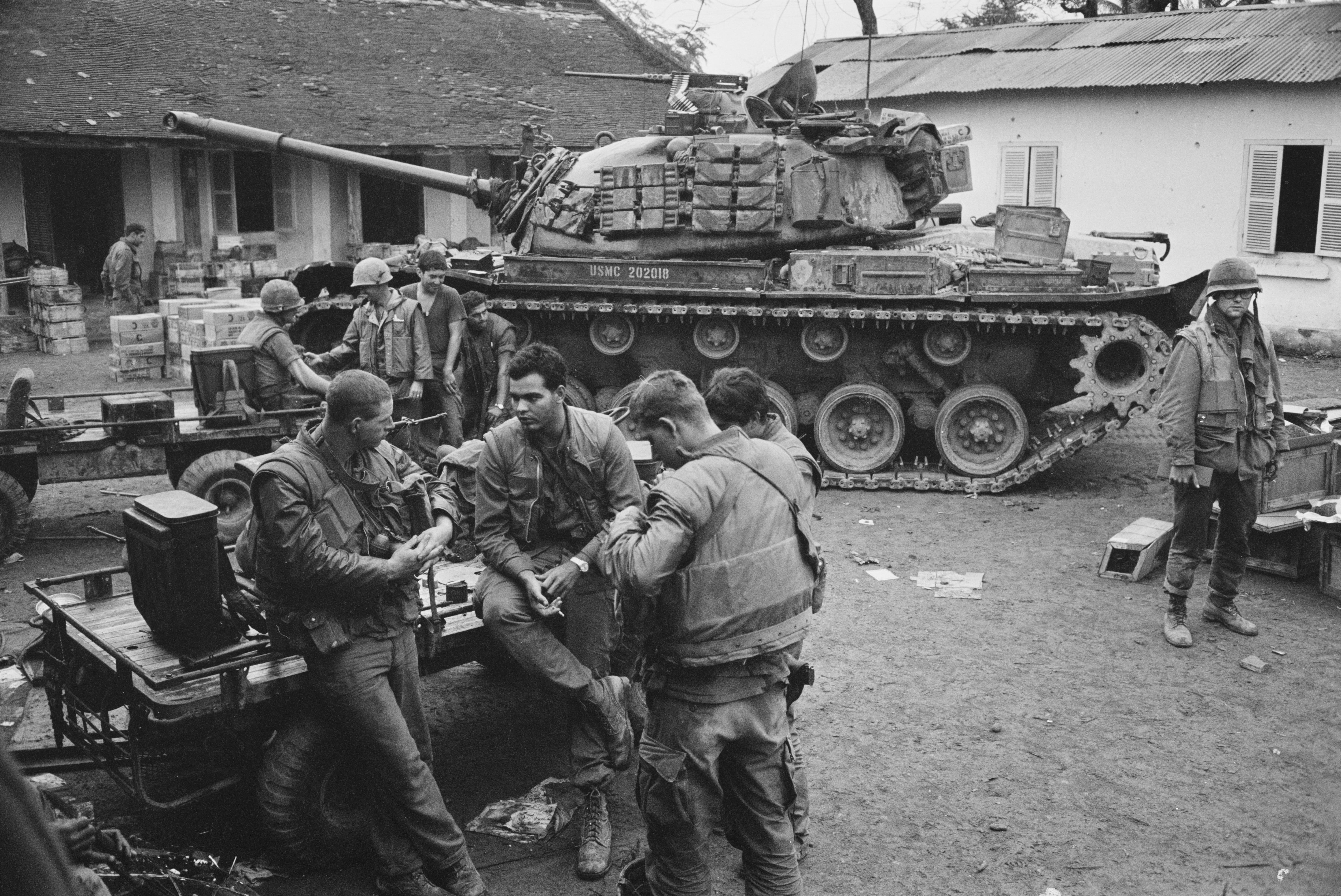
Commandant Gen. David H. Berger has said that should armor be needed by Marines, he would look to the Army to provide that capability.
At the annual Modern Day Marine Military Expo in September 2020, Berger emphasized that the Army’s job is to be big, heavy and lethal while Marines must be light and expeditionary.
“Army is huge,” he said. “We need a big Army. They win our wars. The Marine Corps doesn’t win the wars. We win the battles.”
But the heavy emphasis specialization has some retired Marines and others in defense circles questioning the change might be an overreach that would diminish the Corps’ versatility — a selling point for the service for much of its modern existence.
A combination of recent concepts and a series of war games, experiments and more than a decade of push to return to naval warfighting led to the force design overhaul expected to take place over the next decade. Those sweeping changes began in 2020 with the divesting of tanks, reduction of cannon artillery in favor of longer-range missiles and a shakeup of how the infantry is used.
Those changes are leading to an entirely new formation, the Marine littoral regiment, which will hold infantry, artillery, logistics and an anti-air battery.
The moves are to enable small units of 75 Marines down to a squad-sized element to disperse themselves across vast distances but at key chokepoints to help the Navy knock out enemy ships.
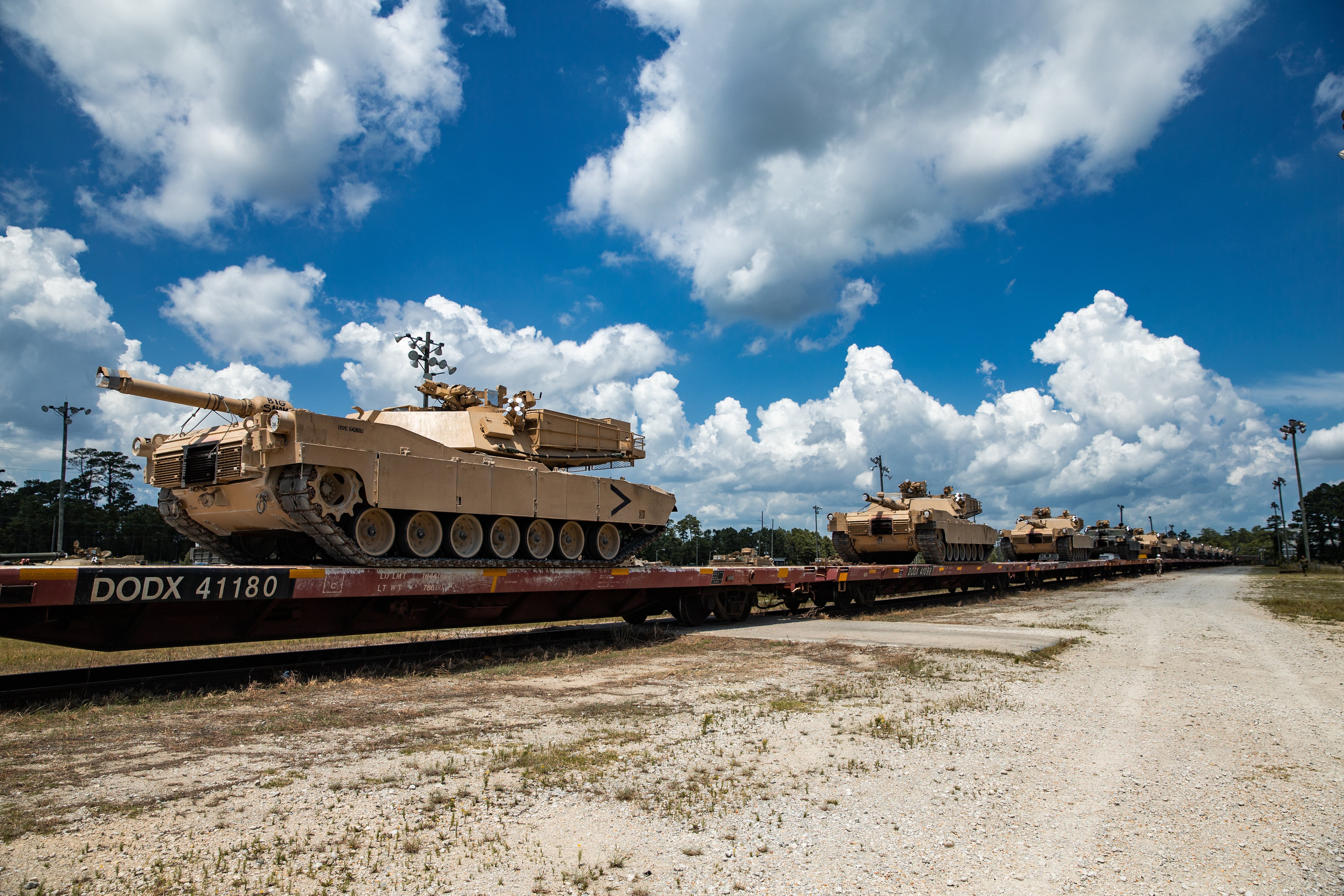
One less tool
But the Corps might not get the war its planning for, retired Marine Col. Mark Cancian, now a senior adviser with the Center for Strategic and International Studies, has said in writings, public appearances and interviews with Marine Corps Times.
In a piece published early 2020 in which Cancian cautioned the Corps not to go too far in its transformation, Cancian points to the U.S. Army’s experience.
“The fact that the U.S. Army of 1965 was designed to fight Soviet tank armies in Europe did not stop President (Lyndon) Johnson from sending it to Vietnam to fight insurgents and a regional power,” Cancian said.
Cancian likened recent specialization to a Swiss Army knife with a few blades removed: somewhat versatile but not well-rounded.
“A Marine Corps custom-designed for distributed operations on islands in the Western Pacific will be poorly designed and poorly trained for the land campaigns it is most likely to fight,” Cancian wrote.
And should Marines be called into unplanned conflicts on land, as was the case in all of its major encounters in the past 70 years — Korea, Vietnam, Persian Gulf and Afghanistan — Cancian is skeptical that the Army, also pressed into the fight, would sacrifice its tanks.
“Any Army support for the Marine Corps, if provided at all, will likely come from the later deploying elements of the Army’s reserve components after the Army’s own needs have been met,” he wrote.
Cancian has advocated that the Corps keep at least an enhanced battalion of six companies of armor in its reserve component and Marines trained to use it to keep the tool available.
On the other side, retired Army Lt. Gen. Tom Spoehr, director of the Heritage Foundation’s Center for National Defense, agrees with the Corps’ decision.
Spoehr told Marine Corps Times that with the focus of the National Defense Strategy aimed on China and Russia the Corps has to prioritize budgets and what it can offer to that strategy.
“Tanks have a lot of utility in the Middle East, but the strategy says we’re not going to put a lot of resources there,” he said. “For the Marine Corps, everything that doesn’t contribute to the goal of combating Chinese military aspirations has to go.”
RELATED
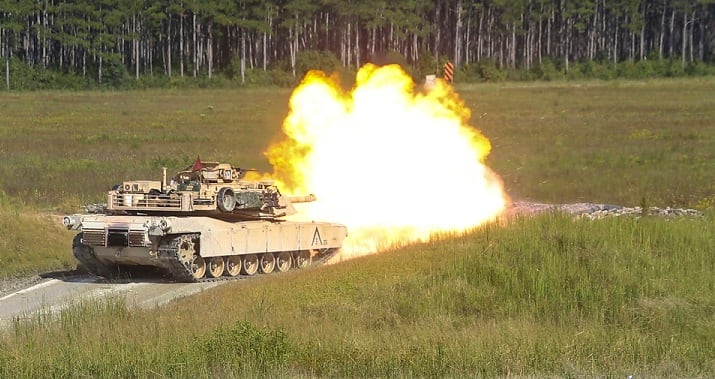
Spoehr did understand nervousness among some Marine leaders on looking to the Army for armor in a quick-response fight. But the Army recently did add two more Armored Brigade Combat Teams, putting those numbers up to 16 ABCTs.
The retired three-star general still sees the importance of the tank land warfare, noting those added brigades, modernization and upgrades to the existing tank fleet and investment by the Army.
“I don’t think we’ve seen the end of the tank,” he said. “There is no organizational effort in the Army to replace the tank.”
Where the tank treads meet the road for the individual Marine or solider is when the fighting hits a city.
Retired Army Maj. John Spencer, who started his career as an enlisted soldier and saw combat in Iraq, is now the chair of Urban Warfare Studies at the Modern Warfare Institute at West Point in New York.
Spencer said that ditching the tank entirely severely handicaps the Marine Corps should it need to fight in a city. And with the majority of the world’s current and future megacities in the Pacific region, most in the littoral zones, the retired major sees that as inevitable.
“I cannot envision a littoral zone that would require an expeditionary force that would not include a city. …they’re all urban littoral zones,” Spencer said.
And, he noted, by not having mobile protected firepower such as a tank in the toolkit, dismounted troops entering a city will have to rely more on mortars, close air support and other assets that put both them and the civilian population at risk.
Spencer pointed out that the 82nd Airborne Division, the Army’s Global Response Force, recently began experimenting with a light tank it can take anywhere in the world, airborne.
He poked at how these changes will affect the Corps’ self-identified “America’s 911” moniker for decades through its use of forward-deployed Marine operating units with the Marine air-ground task force, a combined arms package to meet any threat.
The point of expeditionary forces already on site is that the right tools are available when needed. But not if the Corps has to rely on the Army to deliver an armor punch.
“So, what, is the Army the Marine Corps’ 911 now?” Spencer said.
He called that reliance a high-risk scenario that a forward-deployed Marine unit cannot afford. And it limits its likely needed presence in an urban conflict.
“Stop at the beach, is that the new motto?” Spencer said.
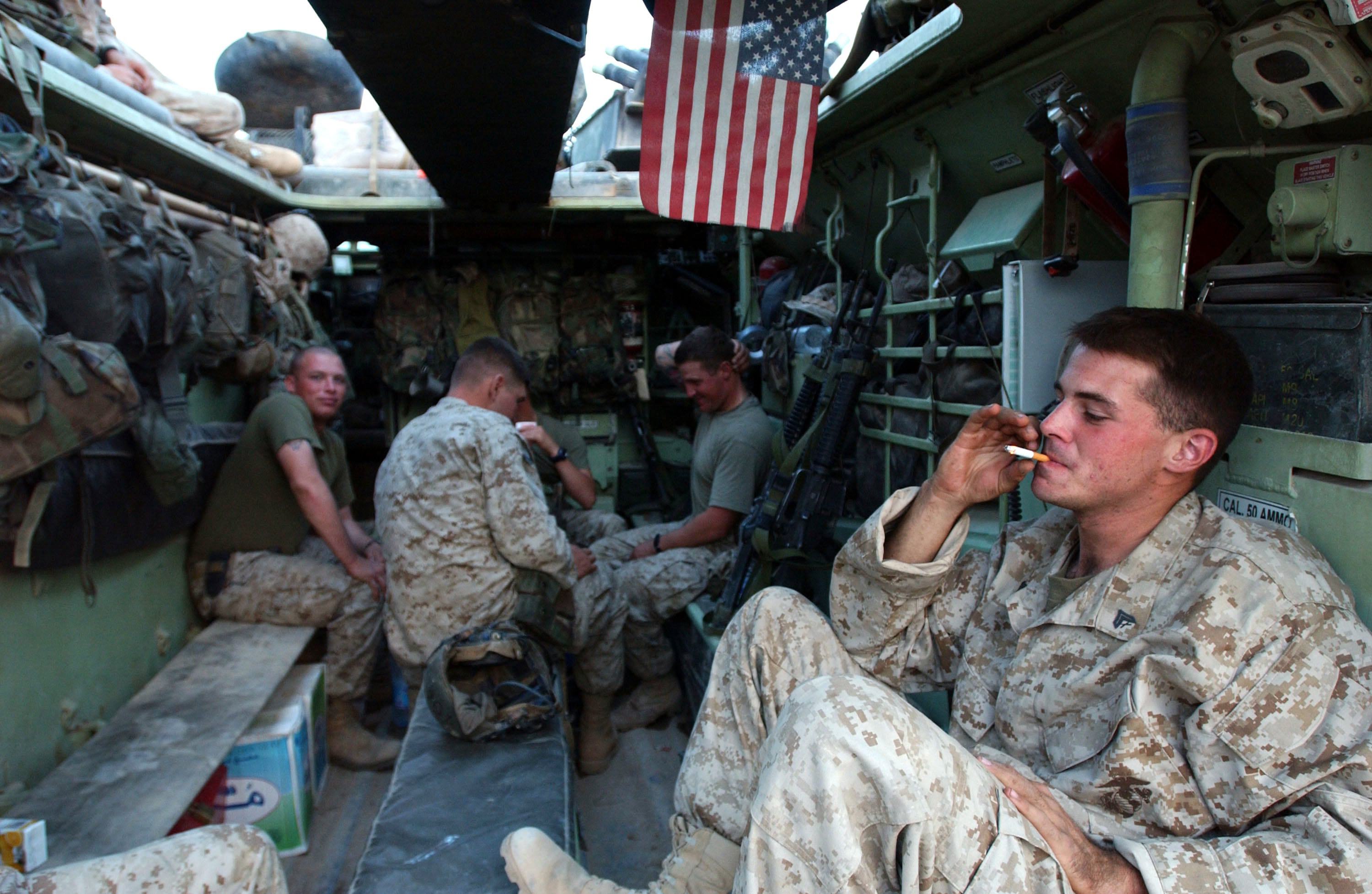
A complicated relationship
Though the Corps has proven itself worthy in battle many times over, it long has had a conflicted relationship with armor, even mechanized units, as it strains to remain a light force aboard ships while also being called upon to fight major land campaigns with the Army.
Marines fought alongside tanks in the Corps’ early World War I incarnations, but the service did not receive its own tanks to play with, train with and deploy until the mid-1920s. That first experimental unit only lasted a few years before being disbanded.
Tanks saw employment on Tarawa in the Pacific Ocean and in other island campaigns. Though early fighting saw heavy equipment losses, infantry commanders saw the utility of the direct fire, protected asset, even modifying its use with flamethrowers specifically to rout out enemies in fortified bunkers.
Less than a decade after the war, Marines relied on tanks in the frozen, rugged terrain of the Korean War. But, again, fairly quickly came questions of the vehicle’s utility and where it fit in the Corps’ scheme of maneuver.
In the October 1959 issue of the Marine Corps Gazette, then-Maj. W.C. Barrett, who’d spent most of his 15 years in the Corps at that time with 1st Tank Battalion, admitted that a “current and recurring question” in Marine tactics and techniques was the place of tanks in future warfare.
“What shall we do with the tank? Shall the tank be abandoned as a weapon?” Barrett asked. Ultimately, his article concluded that the tank was needed, and actually was an ideal weapon for protected firepower on the battlefield, especially when used in conjunction with well-trained infantry.
But Barrett was making a case that was only one school of thought at the time. A new war would flavor Marine leadership’s taste for tanks for decades to come: Vietnam.
Retired Marine Lt. Col. Kenneth Estes, author of “Marines Under Armor: The Marine Corps and the Armored Fighting Vehicle,” told Marine Corps Times that Marines whose first taste of combat was Vietnam deployments didn’t encounter the tank often so following the war didn’t see its potential as much as their World War II and Korean War forefathers had.
Those senior leaders who’d seen tanks used in the Pacific island campaign and again in Korea stood firm that the tank had a place, especially if the Marines were to play any significant role against the peer competitor of the time: the Union of Soviet Socialist Republics.
RELATED
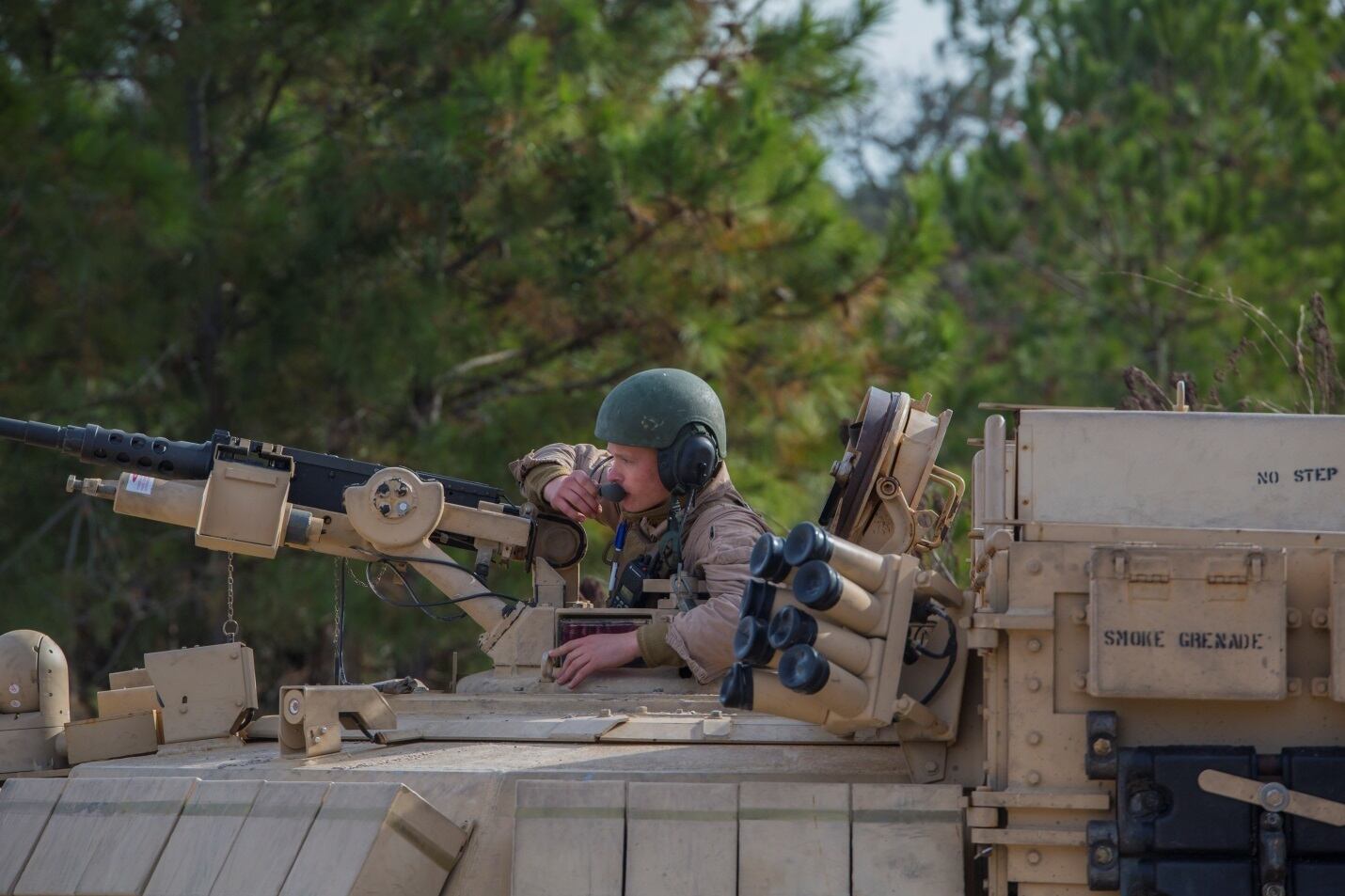
But those enlisted and officers who began their careers with Vietnam often rarely saw the armored companion in their fighting experience, Estes said.
“Senior leaders come out of the Vietnam War with not much of an appreciation of tanks,” Estes said.
Successive commandants failed to prioritize the tank, the author wrote. Commandant Gen. Robert M. Barrow refused to buy tanks during his entire four-year tenure from 1979–1983. Though the Army had begun its new M1A1 Abrams program to replace the aging M60 at around that time, the Corps was slow to follow.
Commandant Gen. Al Gray canceled a contract for the M1 Abrams as a replacement midway through its procurement cycle, losing funding and tanks for the Corps in favor of other, infantry-centric programs, Estes wrote.
It partly contributed to the majority of Marine tankers riding into the Persian Gulf War in M60A1 tanks, originally fielded in 1959, fighting across the desert more than three decades later in 1991.
Though Marines in the aging platform performed well in engagements, and some Marines with 2nd Marine Division did go to combat on the new M1A1 Abrams tank.
Commandant Gen. Carl E. Mundy Jr. wrote in 1994 that expanding the maritime pre-positioning force would not hinge on increased armor, reducing that priority for forward-station war stocks. He also told Congress at that time he had no concerns about a Marine tank shortfall. He leaned on the experience of I Marine Expeditionary Force in the recent Gulf War that had an Army tank brigade assigned to it during the conflict.
Mundy’s successor, Commandant Gen. Charles C. Krulak, went a step further, saying upon his 1999 retirement that he would “eliminate the tank fleet found in the Marine Corps today if I could,” Estes wrote.
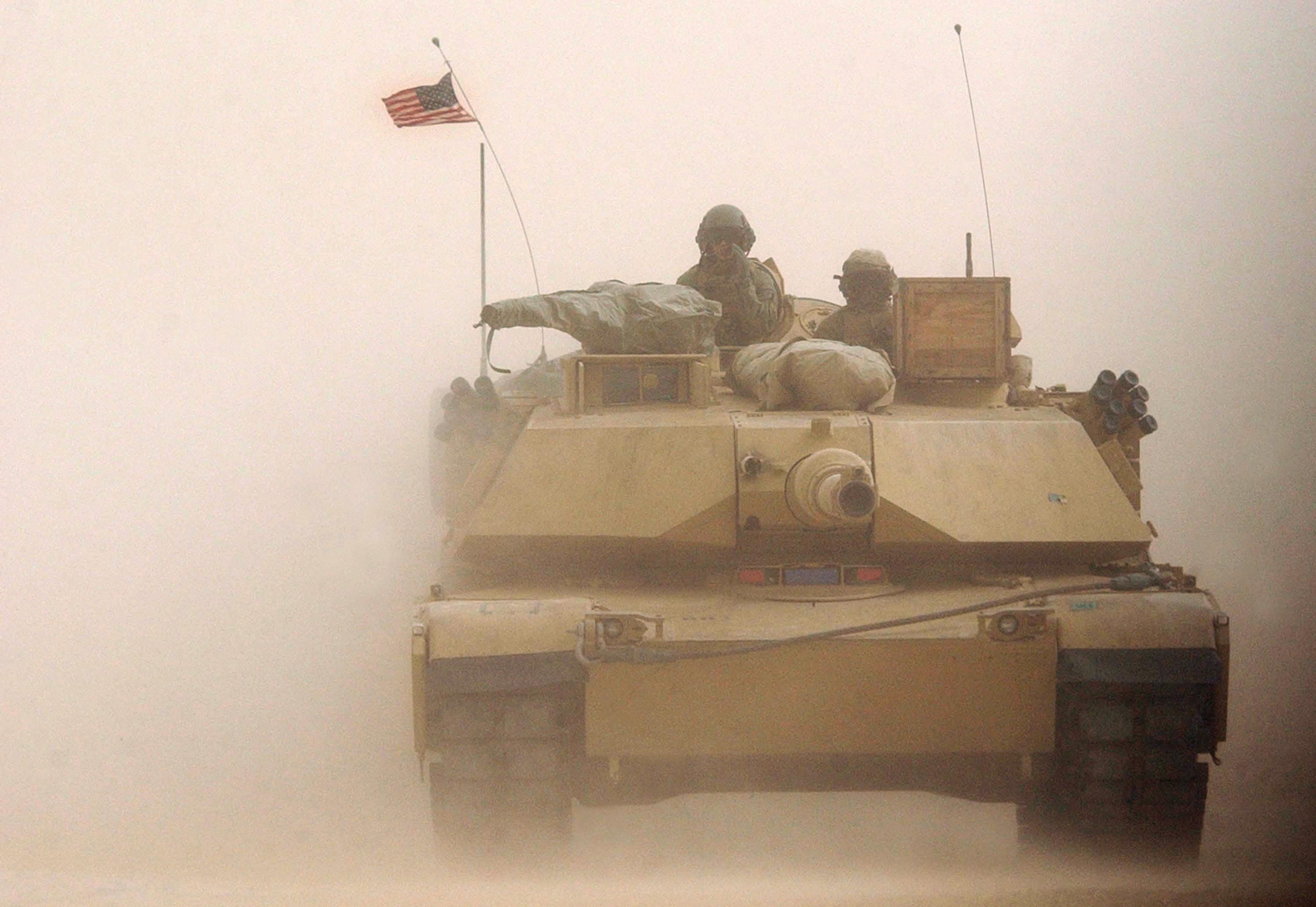
Future tankless operations
Tanks do come with their own set of baggage, especially for a light force. They’re hard to get on and off the ship and ashore in contested environments.
The Army has modernized its tanks ahead of the Marine Corps. The most updated version is the M1A2 Sepv3 Abrams tank. That tank weighs 66 tons as a basic package and can come in at more than 80 tons with certain active protection systems equipment necessary for the modern battlefield. The upgraded Abrams runs over the weight limit for the Navy’s ship-to-shore connector, or SSC.
The existing Navy landing craft air cushion, or LCAC, could carry a single tank, without upgrades, ashore at that weight limit. The LCAC maximum speed is 40 knots with a full load, while the SSC can run at 35 knots or faster.
Another option for transporting tanks is the landing craft utility class 1700. This vessel would be able to carry two M1A1 tanks. Though the LCU 1700 would still be difficult for early-stage forcible entry as it runs at a speed of 11 knots.
That translates into the Marines only being able to carry one M1A1 (older model, no protection system) at a time on the LCAC or SSC and two tanks on an LCU but at very slow speeds. The carrying capacity further limits tank upgrades for Marine armor to keep pace with modern anti-armor threats.
But the options have to be weighed when looking at forcible entry operations as compared to expeditionary advanced base operations, which could provide more opportunities for follow-on equipment delivery that could take advantage of the LCU capacity.
They cost a lot in acquisition, maintenance, fuel and logistics when compared with other platforms.
Speaking at the International Armoured Vehicles Conference on Feb. 10, Lt. Gen. Eric Smith, deputy commandant for Combat Development and Integration, argued that early experiments already are proving a smaller, more effective force for anti-armor than bringing tanks to the fight.
They were seeing armor kills using lightweight mounted fires from the joint light tactical vehicle at ranges of 15 times to 20 times the distance a tank was previously achieving.
“We can kill armor formations at longer ranges using additional and other resources without incurring a 74-ton challenge trying to get that to a shore, or to get it from the United States into the fight,” Smith said. “You simply can’t be there in time.”
Though some have criticized the Pacific, China-countering restructure as too specialized, retired Marine Lt. Col. Frank Hoffman, distinguished research fellow at the National Defense University, sees application of the new, tankless force structure against other adversaries.
In a Heritage Foundation virtual event in July 2020, Hoffman and Cancian debated the recent changes in force structure, including tanks.
Hoffman said that he and a colleague had run multiple war games with the new Marine Corps configuration and found it useful in scenarios in the Baltics, Iran and the Korean peninsula, all peer or near-peer adversaries.
Correction: The article has been updated to reflect the correct speed of the LCAC vessel, which is 40 knots with a full load. Additional information regarding the landing craft utility also has been added for clarification.
Todd South has written about crime, courts, government and the military for multiple publications since 2004 and was named a 2014 Pulitzer finalist for a co-written project on witness intimidation. Todd is a Marine veteran of the Iraq War.




